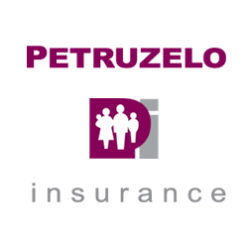
During the month of September, we celebrated National Preparedness Month to spend time talking about all the ways individuals, families, and businesses can assess their risks and create a plan to deal with an emergency. Based on lots of great tips and feedback from the last month – we’re sharing the most important here with you!
Understand Your Risks
If you don’t already have a plan to deal with an emergency, now is an excellent time to assemble a team and work on creating one. Before you can do that, you need to understand the threats that your business may face. For example, certain parts of the United States face threats from hurricanes, while in other areas, tornadoes, blizzards, and wildfires are more common.
The specific location of your business can also affect the threats it faces. For instance, if your building is located in a low-lying area, flooding may be a concern, even if it isn’t a threat to your region or city as a whole.
Create a Plan
Once you understand the hazards your team may face, you can devise a plan to address them. Focus on issues such as evacuation procedures, shelter-in-place procedures, and how your team will communicate if members are in different locations when a disaster strikes.
Address issues such as how you will get in touch with employees if the building is damaged or destroyed when it’s unoccupied. Think about how your business will be able to get back up and running relatively quickly. The nature of your business will dictate whether you will be able to operate from another location or remotely.
Share the plan with your employees. Encourage them to review it carefully, ask questions about anything they don’t understand and raise any concerns they may have.
If you already have a plan in place, review it periodically to make sure that it still suits your company’s needs and situation. Update the plan if necessary so it includes accurate information on individuals’ roles, contact information, procedures, and other important details.
Stock up on Supplies
Any business should have first aid kits, fire extinguishers, and other basic safety supplies on hand at all times. You should also have flashlights, food, and water, and a battery-powered radio available in case employees get trapped inside the building or are ordered to shelter in place. If your company has a generator, verify that it’s working correctly, that fuel is available, and that at least one employee knows how to operate the generator.
Heed Warnings and Instructions from Local Officials
If a storm is expected, monitor forecasts in the days and hours leading up to it and follows instructions from local officials, such as evacuation orders and requests to stay off roadways. If a disaster occurs unexpectedly, check the news and follow instructions from local leaders.
Review Your Insurance Coverage
You should go over your business insurance periodically to verify that you have the right types of coverage and high enough limits. It’s also a good idea to compare rates from different insurers to make sure you aren’t overpaying. Contact Petruzelo Insurance to discuss your coverage and get quotes from several leading insurance companies.
